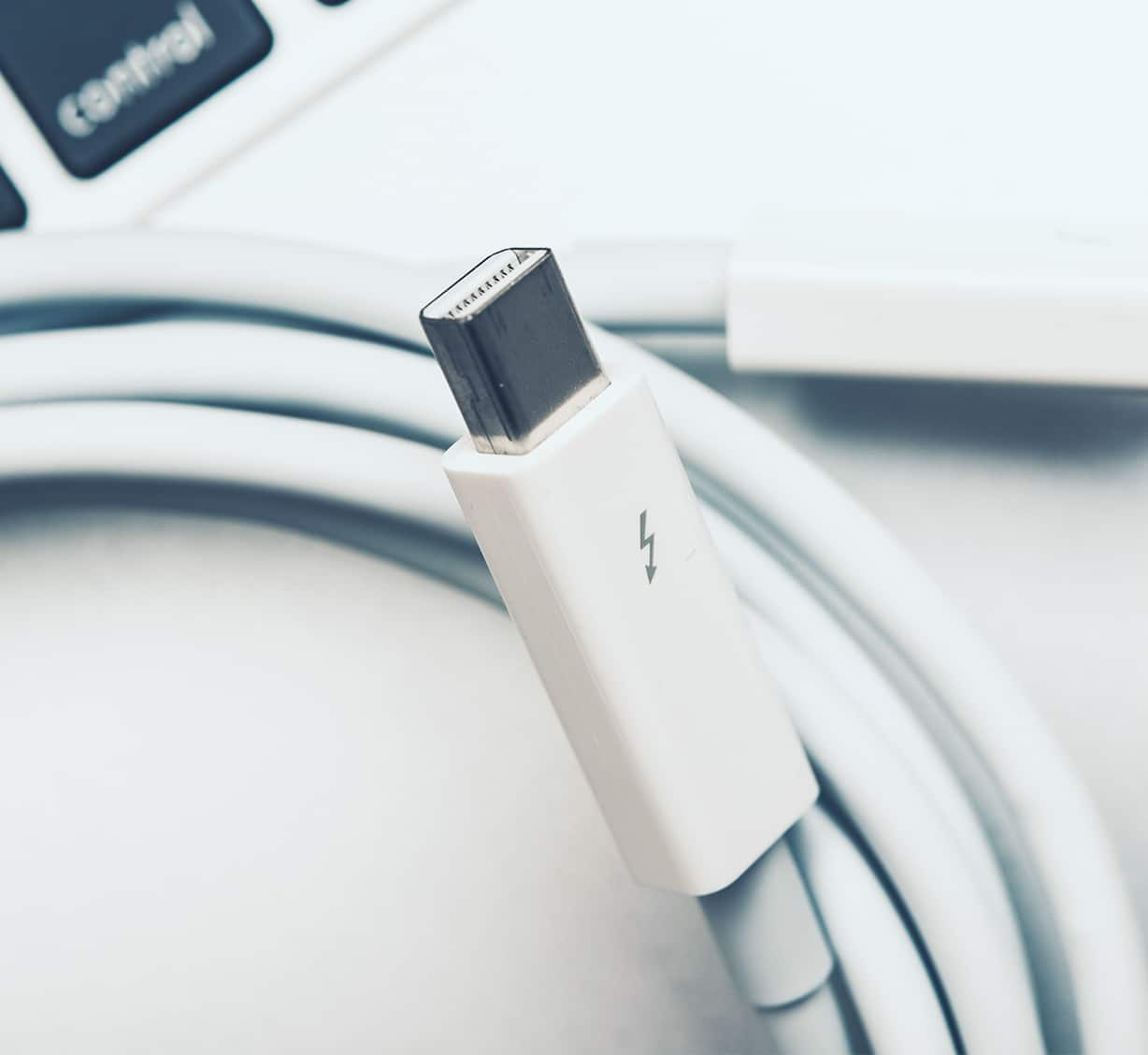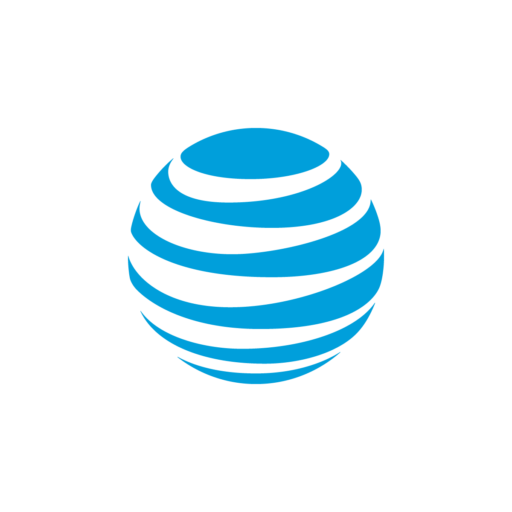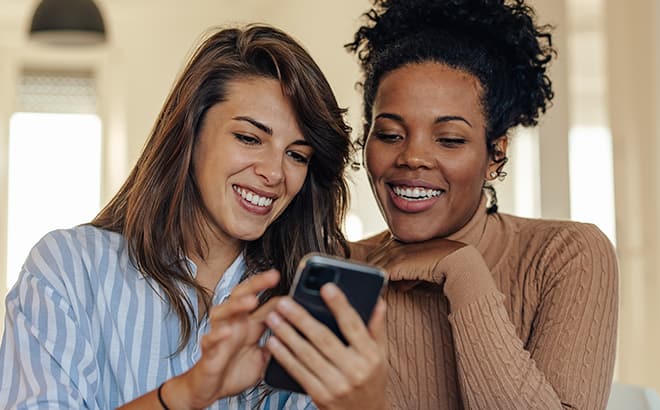What is USB-C?
Discover more about USB-C
USB stands for “Universal Serial Bus" and is considered standard hardware for digital communications. USB-C is a cable connector that powers up your devices or transfers files quickly and efficiently. Whether you use a phone, laptop, or tablet, you likely have a USB-C charger—provided you have a newer device. USB-C is quickly becoming the universal standard, leaving the old-school, wide, rectangular-shaped USB-A connectors in the dust. This is good news for people with multiple devices, as you won't have to worry about having multiple cables to keep everything charged and connected—one USB-C cable should work for almost all of your devices in the near future.
USB-C hardware can transfer data faster and transmit more power than USB-A hardware, enabling your devices to charge and download files much quicker. Another thing that makes USB-C easier to use? Unlike previous hardware, USB-C hardware has an oval-shaped plug that is symmetrical, so it's designed to be plugged in either up or down. Now, you don't have to fight with the USB-C plug to figure out which way it fits in the port.
What is the difference between USB-C and regular USB?
Older versions of USB cables don't deliver the power or speed associated with USB-C cables. For example, USB-A cables can only support 2.5 watts and 5 volts, which doesn't give you a lot of juice when you need to power up your device on the fly. By comparison, USB-C can deliver 100 watts and 20 volts of power. So, whether you're charging up your laptop or phone, you can get its battery back to 100% faster. There are also USB-B cables, but those square-shaped connectors tend to be compatible with printers and scanners, so they're not built for massive power and lightning-fast file transfers.
Is Thunderbolt the same as USB-C?

What is a USB-C port used for?

How do I know if I have a USB-C port?

What devices use USB-C?
What is the difference between a USB charger and a USB-C charger?
The term “USB” relates to the form of cabling, connectors, and the data that goes through them. It combines data and power to make it easier for you to connect devices to help them function more efficiently. USB has a few different form specifications for its connectors—USB-C is one of them. A USB-C charger is almost considered universal. It has stronger data transfer capabilities and power support. It also has a fully reversible plug, so it doesn't matter which end is connected to your device and which end is connected to the charger. So basically, you couldn't have a USB-C charger without USB.
Do you need a special charger for USB-C?
If your device in question—laptop, phone, or tablet—has a USB-C port, it will likely come with a USB-C charger that will be compatible with that port. If it doesn't come with a charger, you'll need to ensure you get a USB-C cable and compatible USB-C charger. You can just get a regular charger—it doesn't have to be anything fancy. If your device has a different USB port but you have a USB-C charger, you'll need to get a charger that will be compatible with your device's port (if it didn't come with one).
Check out our various USB-C cables and other charging accessories.
Which phones/devices can you charge with USB-C?

Is USB-C better than USB-A for charging?
They're both two sides of the same coin, but their differences lie in their power management capabilities. For example, USB-A can support up to 2.5 watts and 5 volts. By comparison, USB-C can support 100 watts and 20 volts. So, while USB-A may offer enough power to charge smaller devices, USB-C can power up devices quicker, which may be advantageous for larger devices that require more juice, like laptops. So, if you need to charge a device that requires more power, USB-C is the way to go. Just make sure the device you want to charge supports a USB-C connection.
More articles and information




